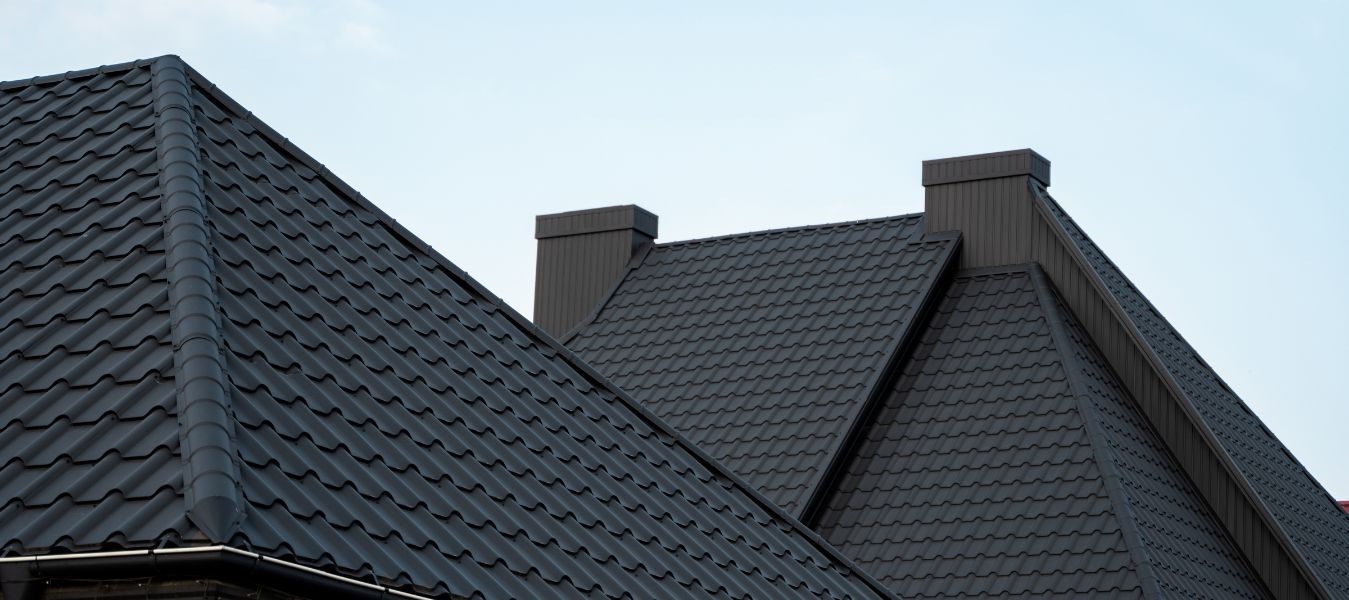When contemplating tropical climates, one envisions warm days and balmy nights. However, it’s crucial to acknowledge that tropical regions also experience extreme weather conditions, particularly during cyclones. To ensure your home’s safety, it’s vital to choose roofing materials that can withstand heavy rains and high winds. Let’s explore the top options for roofing materials in tropical climates, with a focus on roof restoration in Sydney.
1. Metallic Roofing for Tropical Climates
Metallic roofing can be a suitable choice for tropical regions, but careful consideration is necessary when selecting the right type. Studies indicate that metallic roofing reflects approximately 66 percent of the sun’s energy away from the roof, making it more effective than some alternatives. Opting for light-colored metallic roofing can enhance its heat reflection capabilities.
Though metallic roofing may have a higher upfront cost compared to other materials, its resilience against extreme weather conditions makes it a worthwhile investment.
2. Concrete Roofing for Tropical Weather
Concrete stands out as an excellent option for tropical roofing. Its heavy weight helps resist being blown off during heavy winds, and concrete tiles can withstand winds of up to 193 kilometers per hour. Moreover, concrete reflects about 77 percent of the sun’s energy away from the roof. Choosing lighter-colored concrete tiles further boosts heat reflection, with white “S” shaped tiles being especially effective.
While concrete tiles may require occasional maintenance, such as pressure cleaning, their durability makes them a popular choice for tropical climates.
3. Slate Roofing Tiles in Tropical Regions
Slate, an age-old roofing material, is known for its sturdiness and ability to stay secure during heavy winds. However, it’s essential to note that slate is relatively expensive. Nevertheless, its stylish appearance can add value to your home.
For tropical climates, opt for light-colored slate tiles to enhance heat reflection. Professional installation by experienced roofers is vital to ensure the tiles can withstand the challenges posed by tropical weather.
4. Terracotta and Ceramic Roof Tiles for Heat Reduction
Terracotta tiles are well-suited for hot climates due to their low heat absorption. Additionally, modern terracotta tiles come with a protective coating that reflects the sun’s rays away from the roof. “S” shaped terracotta tiles facilitate air circulation, further aiding in heat prevention.
Similarly, ceramic roof tiles, lighter than concrete or terracotta, can work effectively in tropical regions. Choosing lighter-colored ceramic tiles, including white, maximizes heat reflection.
5. Membrane Roofing for Harsh Weather Conditions
Membrane roofing, made from Ethylene Propylene Diene Monomer (EPDM), is a newer roofing material capable of withstanding harsh weather. Thin sheet membranes can also be used under conventional roofing to reduce heat transfer and protect against water.
Roof painting with a similar material can be an option for existing roofs. Choosing a light-colored coating will not only reflect light but also help seal the roof.
Photovoltaic Shingles for Solar Power
In tropical climates where solar power is abundant, photovoltaic shingles offer an innovative solution. With more companies producing photovoltaic shingles, the cost has become more accessible. These shingles come in various shapes and colors, providing an energy-efficient roofing option.
When considering solar panels, ensure you choose experienced installers familiar with the local weather conditions to ensure the panels can withstand tropical storms.
Selecting the Right Roofing for Tropical Climates
For residents in Sydney, roof restoration experts can assist in making the best roofing choice for the tropical climate. Consider factors such as the contractor’s experience, advice on materials suitable for tropical conditions, and their local reputation.
Incorporating lighter-colored roofing materials can significantly reduce heat absorption. Additionally, installing reflective insulation, vents, or whirlybirds can enhance energy efficiency and reduce reliance on air conditioning. The upfront cost of such improvements is relatively low and can be offset by reduced energy bills in the long run.
Get your free quote here.

